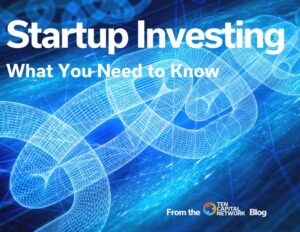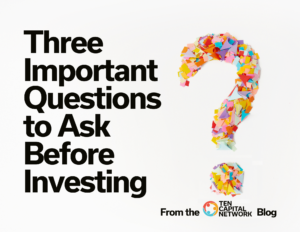
Investing in Emerging Markets
3 min read Investing in emerging markets can be an incredibly tempting venture. The high-risk/high-reward stakes are likely to draw in investors, both big and

3 min read Investing in emerging markets can be an incredibly tempting venture. The high-risk/high-reward stakes are likely to draw in investors, both big and

1 min read No one wants to invest in a startup that is doomed to fail; enter Team Due Diligence. “What we hope ever to

1 min read The Importance of Diversity in Your Portfolio According to a Harvard Business Review study on increasing diversity in venture capital partnerships, the

2 min read To Invest or Not to Invest In the startup world, everyone has a grand idea, but how do you know when to

2 min read Startup Investing: What You Need to Know Startup investing is an attractive venture for many in the world of investing. Before investing

2 min read The Many Startup Investor Types and Who is Right for Your Deal? There are many kinds of startup investors today. Venture Capital,

2 min read Investing in Diversity As an investor, it’s essential to consider investing in human and social capital. Research suggests that investing in human

2 min read Three Important Questions to Ask Before Investing The startup world is full of big ideas. Entrepreneurs have grand plans to make these

2 min read Fundraising 101 Are you considering starting a round of funding for your startup? If this is your first time running a raise,